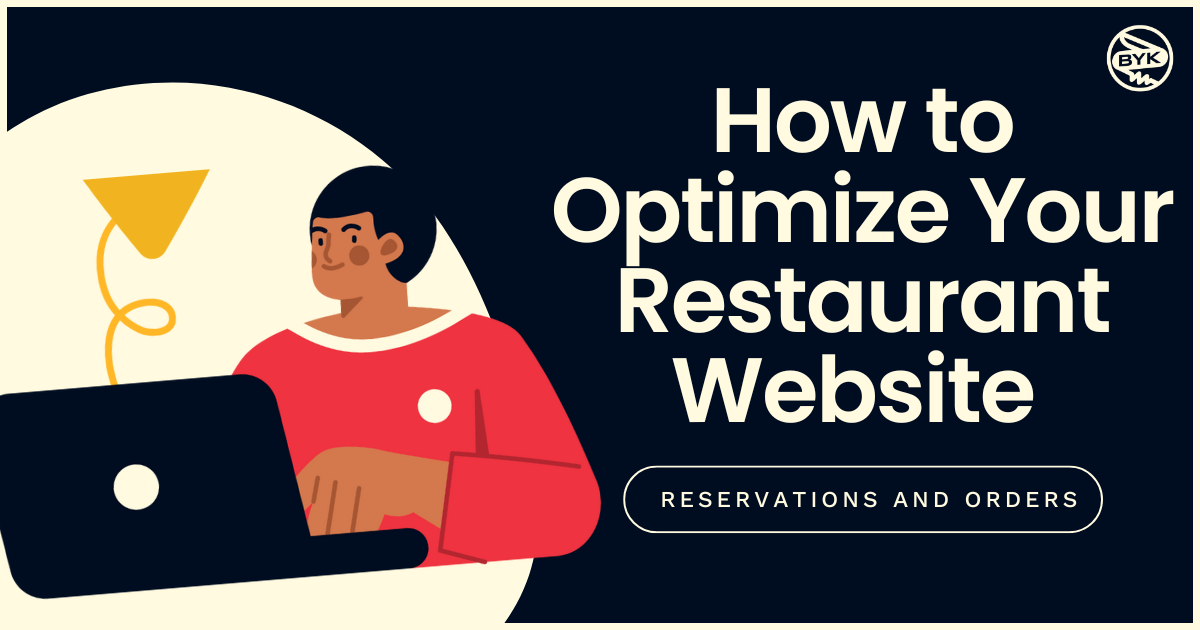Change can be annoying, can’t it? Have you ever had a company you knew and loved completely change their logo, their slogan, or their advertising, and suddenly seem unfamiliar to you? This is called rebranding. While rebranding can be perceived negatively by loyal customers, it also is sometimes a smart move for a business to make. Here are 5 reasons a company might need to rebrand.
1. Branding is outdated
Sometimes branding just gets outdated. There is not necessarily anything wrong with the old branding, but it just needs to be updated. Rebranding for a facelift is not something brands need to do often, as that can confuse customers. But over the years, everything from colors to logos to taglines can start to feel old, so an occasional update is a good thing. Below are a few prime examples of companies that drastically changed their branding to keep up with the times.
2. Offerings have changed
As a company grows, develops, and finds their niche, the products or services they are selling may gradually change. They may expand certain product lines and eliminate others. Sometimes these changes are slight and still fit within the original branding, but other times these changes in offerings can gradually shift the company away from their original brand. For instance, a retailer could open intending to sell mostly casual clothing, but gradually realize their fancier items are selling better. This could call for a rebrand to align their branding with their higher-end offerings.
3. Target audience has changed
Whether it happens organically, or a company strategically orchestrates it, the target audience of a business can change over time. Branding is all about appealing to your target demographic, so if that has changed, branding often needs to change as well. This can be especially poignant when there is a shift of the age of the target audience. A younger audience will expect a hip, modern appearance for your brand, while an older audience may expect your brand to appear more elegant and sophisticated. As an audience changes, the way a business caters to that audience will change as well, sometimes resulting in a need to rebrand.
4. Competitive landscape has changed
There are also situations when a business has stayed exactly the same, but the industry around it has changed enough that it needs to rebrand itself. Branding is not only about the products or services – it is also about the company’s position within the market. Maybe a company used to be the cheapest, but now there are other cheaper options in the market, so they need to rebrand themselves as the best quality, low price option. Maybe a company began as the only of its type, but now there are imitators, so they must reposition themselves as “the original” or “the best” instead of “the only.” If a business’s entire brand was built around a market position that is no longer true, they may need to do a complete rebranding to be able to reposition.




